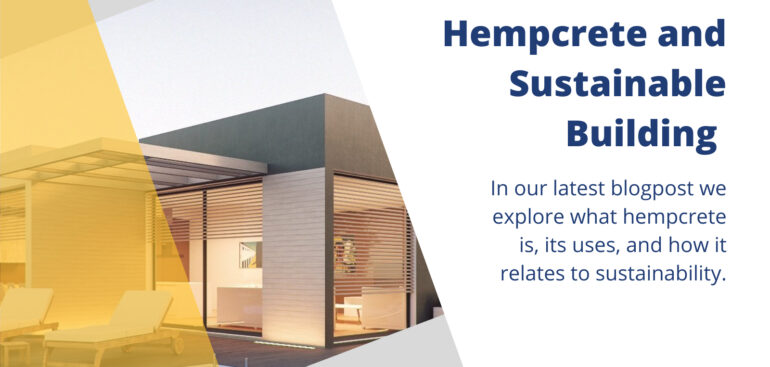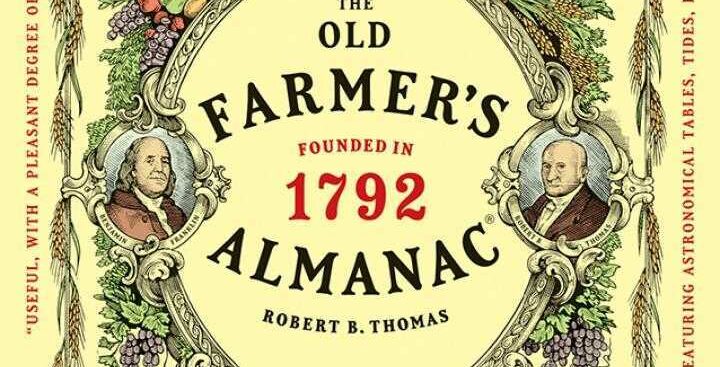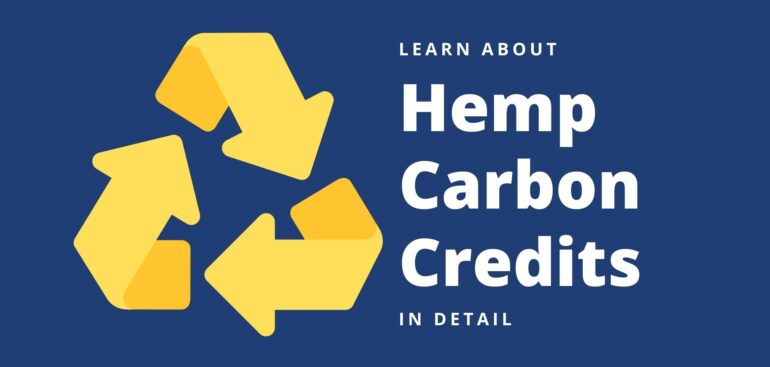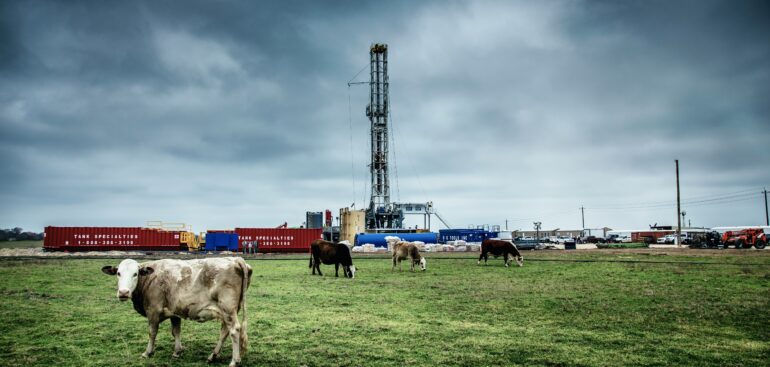The most basic framework to generate carbon offset credit as per the Clean Development Mechanism (CDM) guidelines is as follows…
ESG interest, by way of carbon offset credits, is booming in various industries, spanning energy, infrastructure, transportation, and even agriculture. However, there are unique barriers to an efficient market for carbon credits from agriculture, particularly those derived from croplands.
During the United Nations’ COP26 climate conference in early November, engineering and architectural design firm Skidmore, Owings & Merril (SOM) unveiled Urban Sequoia – a concept to regenerate the environment via buildings that “act like trees” and sequester carbon.
Hemp Concrete or hempcrete results from wet mixing a hemp plant’s shredded stem with a lime mineral-based binder to create a material that can be cast into molds then dried. These molds are commonly used in construction as insulation or some form of concrete. Hempcrete is different than other building materials like standard concrete, plaster, or mortar because of the void space between the mixed hemp strands. The limestone binder acts as an adhesive, setting the fibers permanently but not forming a complete solid.
Starting in 1792 during George Washington’s first term as president, The Old Farmers Almanac has become the longest-running periodical in United States history. While it has had a variety of topics and contributors over the years, it is primarily known for its weather predictions from a secret formula, witty humor, natural remedies, tides, a farming calendar, phenomena, helpful astronomy, and even lore. (An example of lore in this context would be to look out for puffy clouds on July 25th because that means we are in for lots of snow in the coming winter!)
Julie Lerner is one of 50 women who are shaping the future of finance, fueling high-growth businesses and forging a more innovative and inclusive financial future. It’s the final chapter of our 50 Over 50 initiative, launched in June and produced in partnership with Mika Brzezinski’s Know Your Value initiative.
CSU researchers have determined that growing one ounce of the hemp is equivalent to burning up to 60 liters of petrol.
Carbon stored in soil could soon become a unique subset of commodity crops. This emerging market aims to incentivize the sequestration of the world’s carbon footprint by allowing farmers and farm managers to get paid for the carbon they store by companies—and even other countries—wanting to offset their emission. Until recently, high costs and a lack of tools to accurately quantify soil’s changing carbon content inhibited producers from participating in carbon markets.
In our latest blog post, we would like to give a high-level summary of a case study on Canadian E&P Crew Energy. Crew Energy has been focused on continuous improvement on the ESG front, such as water transfer through existing pipelines, and natural gas to power drilling and hydraulic fracturing. However, a major improvement to their ESG efforts came through the locally sourced frac sand, resulting in reduced environmental impact in addition to reduced costs.










